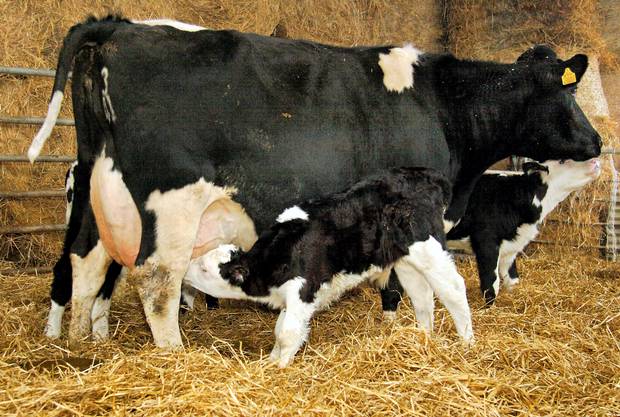
Data from the Livestock Research for Rural Development journal shows that Kenya’s dairy sector contributes about 8 percent of Gross Domestic Product (GDP) with annual milk production of 3.43 billion liters. Kenyan milk production is 3 percent of the 18 percent global production originating from sub-Saharan Africa with its dairy cattle population estimated at 4.3 million.
To scale up milk production, Safaricom has partnered with Huawei to develop sensors that will notify dairy farmers when it is ideal to inseminate their cows. The sensors will be put on the cows’ bodies, and farmers will be able to track their animals’ menstrual cycles through a digital database and schedule targeted insemination.
” Kenya has more than four million dairy cows but the milk production is not so high. The sensors that will be lodged on the animal’s body will really help the farmer with the insemination process. Suppose a farmer has 100 cows, it is very challenging to know which cow should be inseminated,” said Huawei Kenya chief executive Stone He, during Huawei-Reddington ICT Summit
Wrong timing has lagged revenues from dairy milk production for many farmers because they have to wait about 21 days before the cows are fertile again, delaying milk production. The device will be very instrumental in monitoring dairy cows, especially when the population is high. Huawei Kenya chief executive noted that they have run trials in two counties in conjunction with the Agriculture ministry.
“We are also working with the Agriculture ministry. We have done a lot of trials in Nakuru and Eldoret for the dairy cows,” he said
Huawei has developed the sensors that will be tracking the dairy cattle menses for insemination while Safaricom will set up the business model for their delivery to Kenyan farmers and provide the network through which the devices will send data to them for monitoring the success of the project.



